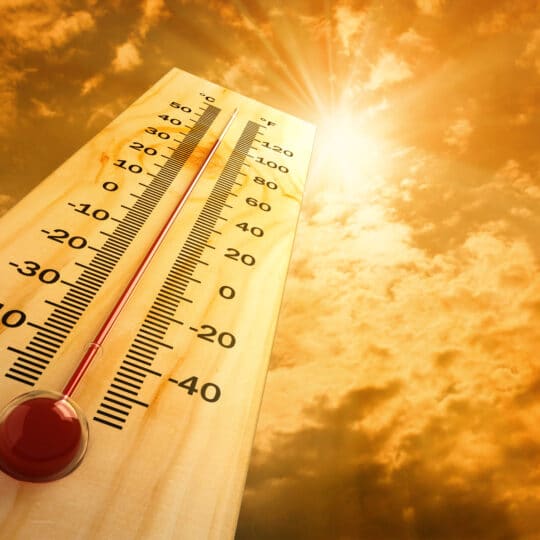Prepare Your Horse for Summer Heat
With a Wearable Equine Monitor

The summer heat affects the well-being of many living things. Dry, hot temperatures—without the proper care—trigger several ailments in plants, people, and pets. This is why it’s important to watch for signs of stress and regularly monitor vitals to help ensure we’re all getting through the season. Technology makes this monitoring easier. Just as people have health trackers designed to measure results, a wearable equine monitor can help you determine what your horse is going through. Not only are these devices useful during daily activity and training, but they’re even more vital under certain circumstances like severe weather.
What is a Wearable Equine Monitor
Similar to the devices and apps we have to count steps and calories, there are devices horses and other animals can wear to measure their vitals. These monitors can be placed on the animal’s body, gear, or wherever they rest to continually collect stats like movement, heart rate, temperature, and more.
When conditions, like weather and environment, change dramatically, it’s important to keep track of how health conditions may change as well, especially if you’re dealing with an animal who can’t voice its discomfort. Outfitting your horse with an equine monitor is giving them that voice.
Vital Information from a Wearable Equine Monitor
Different equine monitors measure different things, depending on the type of device and where you put it. Some of the common vitals it tracks include:
- Heart rate
- Temperature
- Sweat
- Position (standing or laying down)
Gait
Keeping track of these measurements gives you an indication of their stress level and overall health. Paired with a video monitor, you’ll have a clearer picture of how your horse is feeling and dealing with certain situations. This is even more important while traveling, if your horse is sick or pregnant, and in extreme hot or cold seasons. Whether you have a monitor or not, there are ways you can make your horse more comfortable in these conditions.
Preventing Heat Stroke
Even though horses spend a majority of their time outside or in covered stables, they can still be impacted by extreme weather. The summer months increase the chances of conditions such as heatstroke and dehydration. Luckily there are ways to help prevent this from happening, with or without an equine monitor.
Heatstroke happens when a horse gets overheated and dehydrated. Signs to watch out for include:
- Rapid breathing
- Excessive sweating
- Elevated heart rate
- Listless or manic behavior
The key to recognizing the signs of heatstroke is to define what’s normal behavior for your horse and notice any changes as soon as they occur.
Some of the ways to prevent heatstroke include:
- Providing water. Always make sure your horse has access to plenty of water in hot conditions.
- Access to shade. From shady trees in a pasture to overhangs near the barn, there should be a place they can get out of the sun.
- Limit exercise. Try not to overwork your horse, especially during the hottest parts of the day.
- Cool down. When you do exercise, finish the session by walking and quickly remove any tack. Wet the horse down with cold water while walking to help the coolness circulate faster.
- Lean and sheen. Overweight horses are at higher risk of heatstroke and leaner horses tend to adapt better to extreme conditions. Consider clipping thicker coats to aid in regulating body temperature.
- Acclimating. Gradual exposure to hot conditions can help get your horse more used to the weather. Slowly increase the amount of time they exercise in the heat.
- Ventilation. Proper airflow throughout the stables and trailers helps improve circulation.
- Travel considerations. If you have to travel, make sure they have enough water throughout the trip. Try to travel at night when it’s cooler and park in shady areas for loading and unloading.
- Monitoring. Using a wearable equine monitor can alert you to changes in your horse’s health, including their body temperature and heart rate.
Take extra precautions to help keep yourself, your plants, and your animals healthy and comfortable in extreme conditions. Technology makes it easier to monitor stats and act accordingly. For more information on other options for staying safe in any season, contact Security Five.